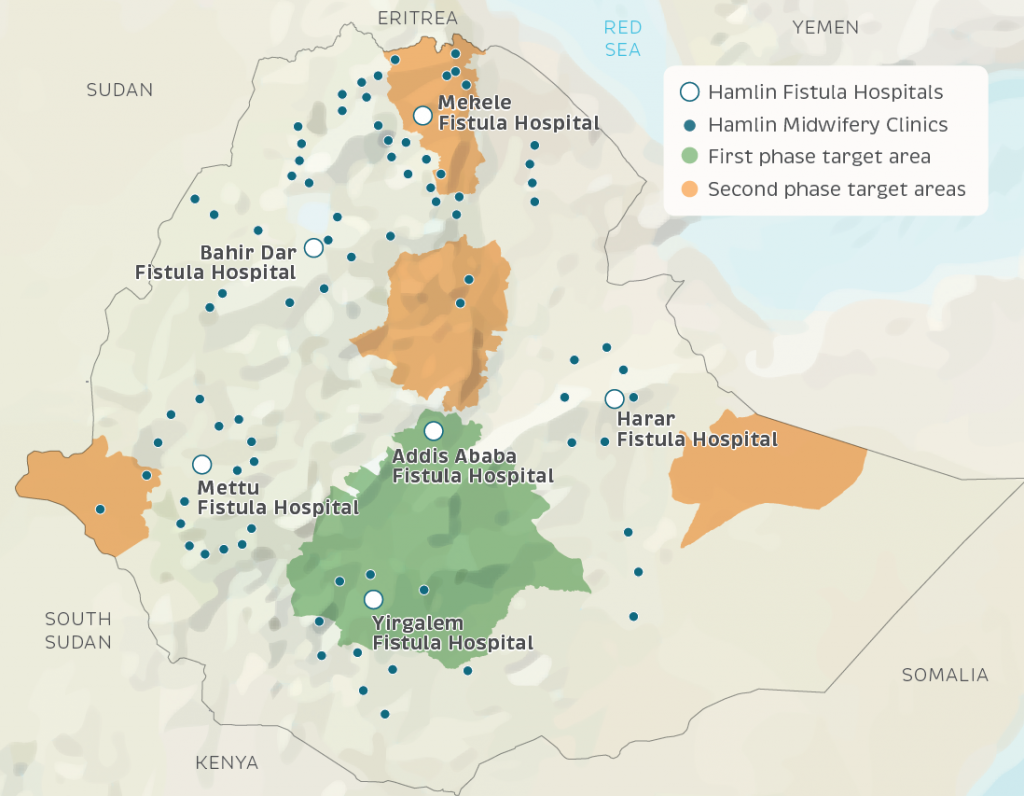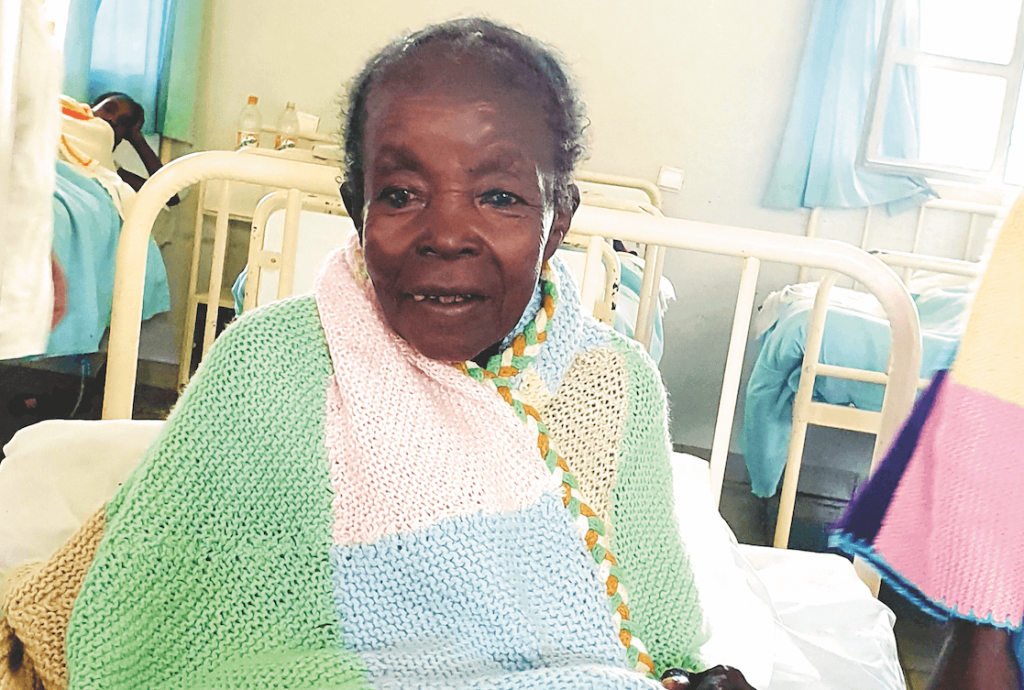Reaching Every Woman With Fistula. For too many women in Ethiopia, their poverty and geographic isolation increase the likelihood of them suffering an obstetric fistula injury. Geographic remoteness is a barrier to the care that fistula patients need, causing thousands of women to needlessly suffer the pain and trauma of fistula for years before they receive treatment.
Hamlin Fistula Ethiopia‘s new Patient Identification Program is designed to find every last woman suffering in silence and treat them at the nearest Hamlin Fistula Hospital.
Hamlin’s Patient Identification Program
In Ethiopia, 80% of the population live in rural areas, with limited access to medical care. The lack of medical care causes higher rates of fistula cases in rural Ethiopia. It is estimated that 31,000 women currently suffer the debilitating pain and indignity of fistula; many of these women are unaware that help is out there.
In an effort to find these forgotten women, Hamlin Fistula Ethiopia launched the Patient Identification Program. The program identifies districts across Ethiopia where women are likely to be living with untreated fistula injuries. These areas are remote, where access to the health care is limited and roads are restricted or non-existent. Hundreds of Hamlin-trained local health workers and Hamlin staff will travel to these areas to find vulnerable women.
Finding every woman with fistula
The idea is simple: find, identify and treat women suffering with an obstetric fistula injury across rural and regional Ethiopia. The logistics, however, are complex: health officers need to know how to find women who may have been hidden away for years in remote, rural areas and then how to medically assess those women for fistula injuries.
This is a challenging and delicate task which has been mapped out by Hamlin staff.

The area in green highlights the districts where health worker trainings have been completed and the Patient Identification Program has begun. Some officers will drive for hours, while others will walk to remote villages where there is no road access. They will go door-to-door, tirelessly searching for women living with existing fistula injuries around Ethiopia.
The areas in orange highlight the districts where health workers will undertake training in the next phase. It’s important for health officers to undergo their work with the utmost sensitivity. As part of the program, Hamlin has already trained 569 health professionals and community health officers from relevant regions. They will be able to identify obstetric fistula injuries, talk to women with empathy and sensitivity, and offer counseling to women who have suffered in silence for so long.
Tita’s story
Tita suffered an obstetric fistula injury after an obstructed labor. For the next 40 years she suffered in agony and shame. Tita was shunned by her community and she had abandoned any hope of ever living a normal life again. For 40 years Tita lived in remote southern Ethiopia, unable to get the care she needed.

After decades of shame and loneliness, Tita was found and identified by the Hamlin team during the first phase of the Patient Identification Program. Phase one of the program took place earlier this year in February and March this year and uncovered 24 women, like Tita, living in the darkness, isolation and hopelessness of fistula. All 24 fistula patients identified were brought to Hamlin for treatment.
Hamlin staff found Tita malnourished and unwell after a lifetime of neglect. The staff at Hamlin nursed her back to health and performed a life-restoring fistula repair operation, provided free of charge thanks to the generosity of Hamlin supporters.
Eradicating fistula requires us to reach every woman suffering in silence. Hamlin’s Patient Identification Program is finding and treating women who would otherwise continue to needlessly suffer from fistula.
Help us eradicate obstetric fistula in Ethiopia by 2030. Click here to donate today.